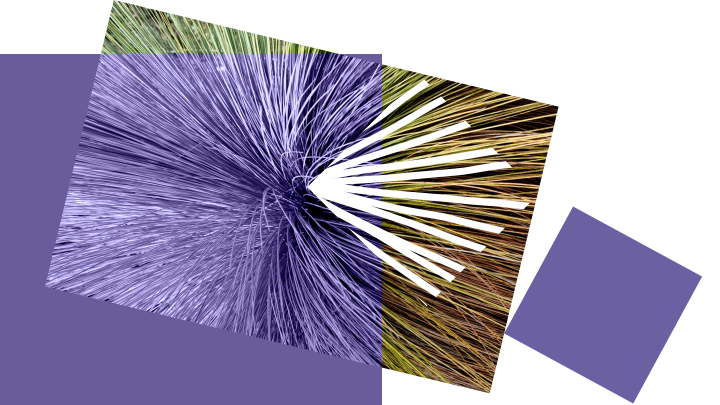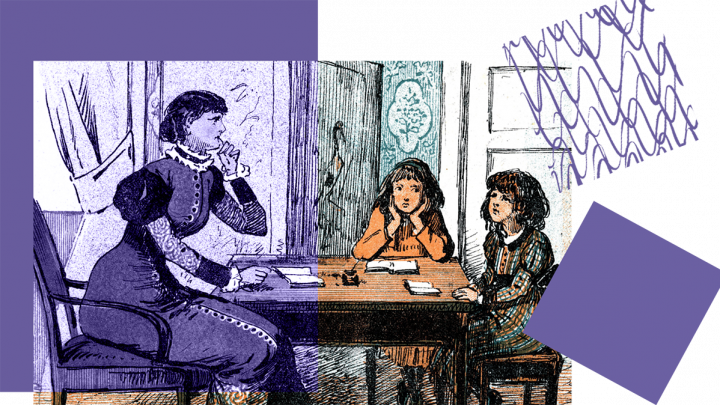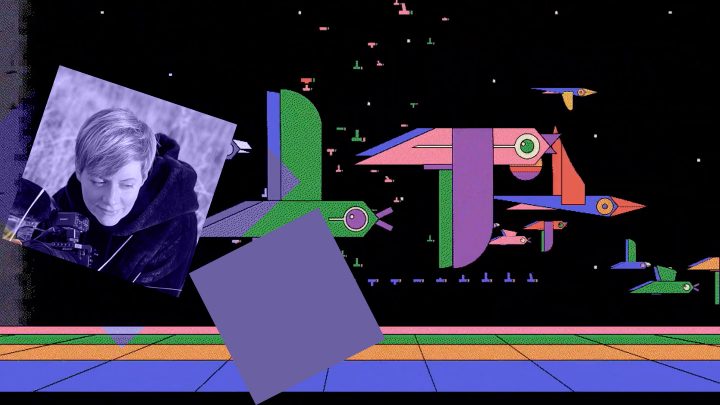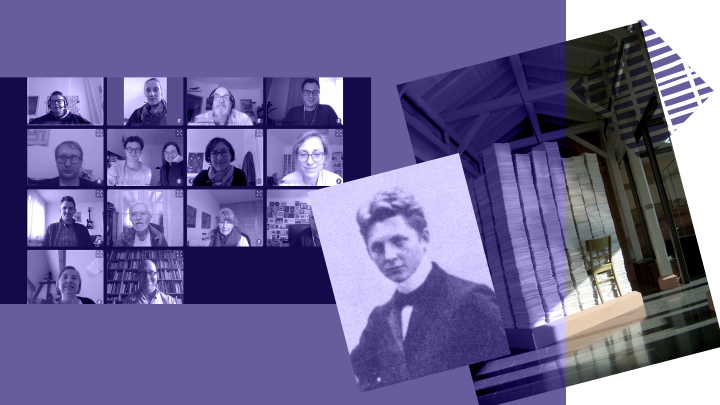For 5 years, Wikimedia Deutschland and its partners ran the Free Knowledge Fellows Program, supporting 90 young scientists and strengthening open science.
In the winter semester 2019/2020, Wikimedia supported a pilot project on data literacy at the Potsdam University of Applied Sciences. The background to this was the consideration that data generated in the course of digitization projects should be more strongly incorporated into citizen science projects.
A conversation with Ellen Euler, Professor of Open Access/Open Data at the Department of Information Sciences at FH Potsdam.
Ms. Euler, you ran the seminar in the winter semester 2019/2020 at the FH Potsdam and decided to adapt the original content and link it to the work in Wikimedia projects. Why?
I was interested in showing that digitization is not an end in itself and how the digital knowledge universe can be enriched with the help of the Wikimedia projects. I wanted to raise awareness for the fact that it’s not enough to just make digital cultural treasures available via a website, but that the full potential of digital objects can only unfold in the interplay of free licenses, high quality and standardized, structured data. The Wikimedia projects embody this interplay with Wikidata, Wikimedia Commons and Wikipedia, and make a utopia tangible.
You collaborated with a cultural institution in the seminar. How did this come about – and what did this cooperation look like in concrete terms?
We collaborated with the Institute for Art and Visual History at the HU Berlin. For quite some time now, Georg Schelbert, the head of the university’s media library, has been actively working on making Wikidata fruitful for indexing and linking digital holdings. Works of art history can only be inadequately described and linked with conventional concepts such as authority data for specific works. Wikidata has many advantages over the traditional concepts: it is multilingual, and through the established relationships and the inclusion of an incredible variety of identifiers and authority data, world knowledge can be related and linked to locally available knowledge.
In hands-on exercises, we worked with real cultural data, using a collection of the Institute of Art and Visual History’s historical glass slide collection. Specifically, the task was to enter the photographs of art travels – available as a glass slide collection – taken by Peter H. Feist, an art historian from the GDR, into Wikidata.
Was there already data available about him?
Feist published internationally, yet not much about him is available digitally and freely accessible. The collection includes color photographs from a time when it was not yet a matter of course to photograph in color in the West. It includes objects from Eastern Europe, for which only a few photographs have been available to date. Making them available in Wikidata makes it possible to link them with other objects and bodies of knowledge. In addition, new knowledge can be generated from it – be it about the objects or their creator. This is possible because the objects are brought into an open semantic network with data and metadata and are then no longer just kept in the institution’s knowledge silo, but are related to the world’s knowledge.
What exactly do you see as the gain?
By turning individual objects into nodes in a knowledge graph, very unusual semantic questions can be answered. For example, one could relate Peter H. Feist’s travels to the travels of other art historians of his time and generate visualizations.
Yet above all, the great thing about Wikidata is that we cannot know beforehand who will gain knowledge from it and when. It is an investment in the future.

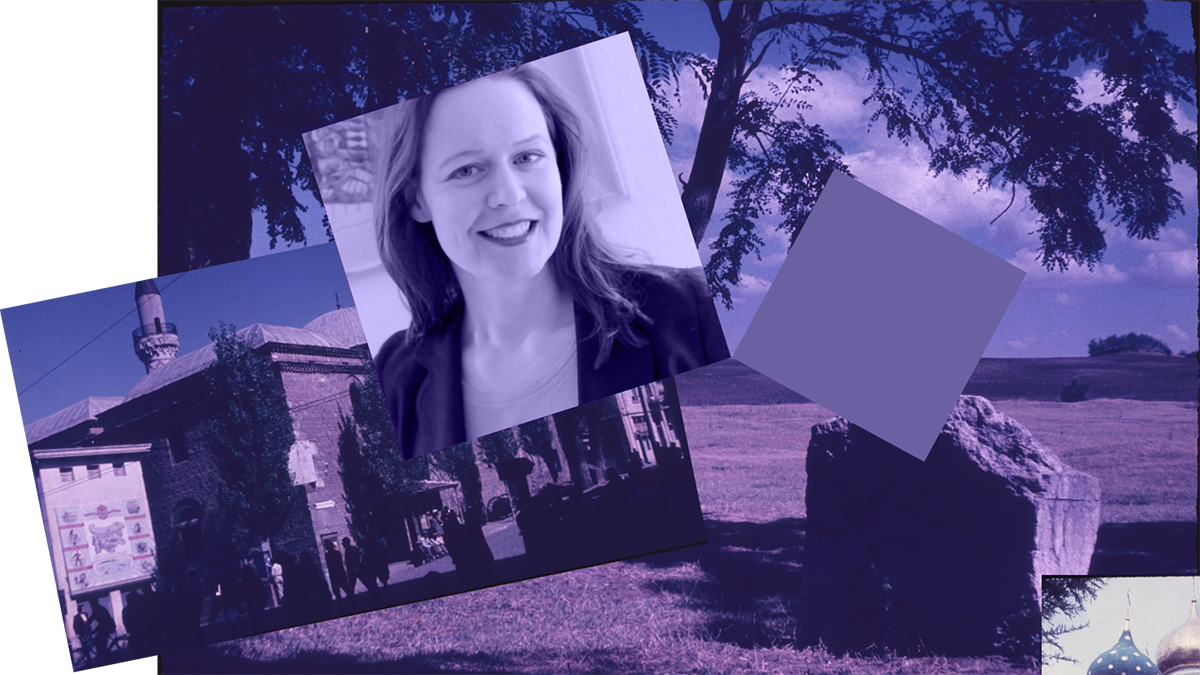
 www.wikimedia.de/
www.wikimedia.de/